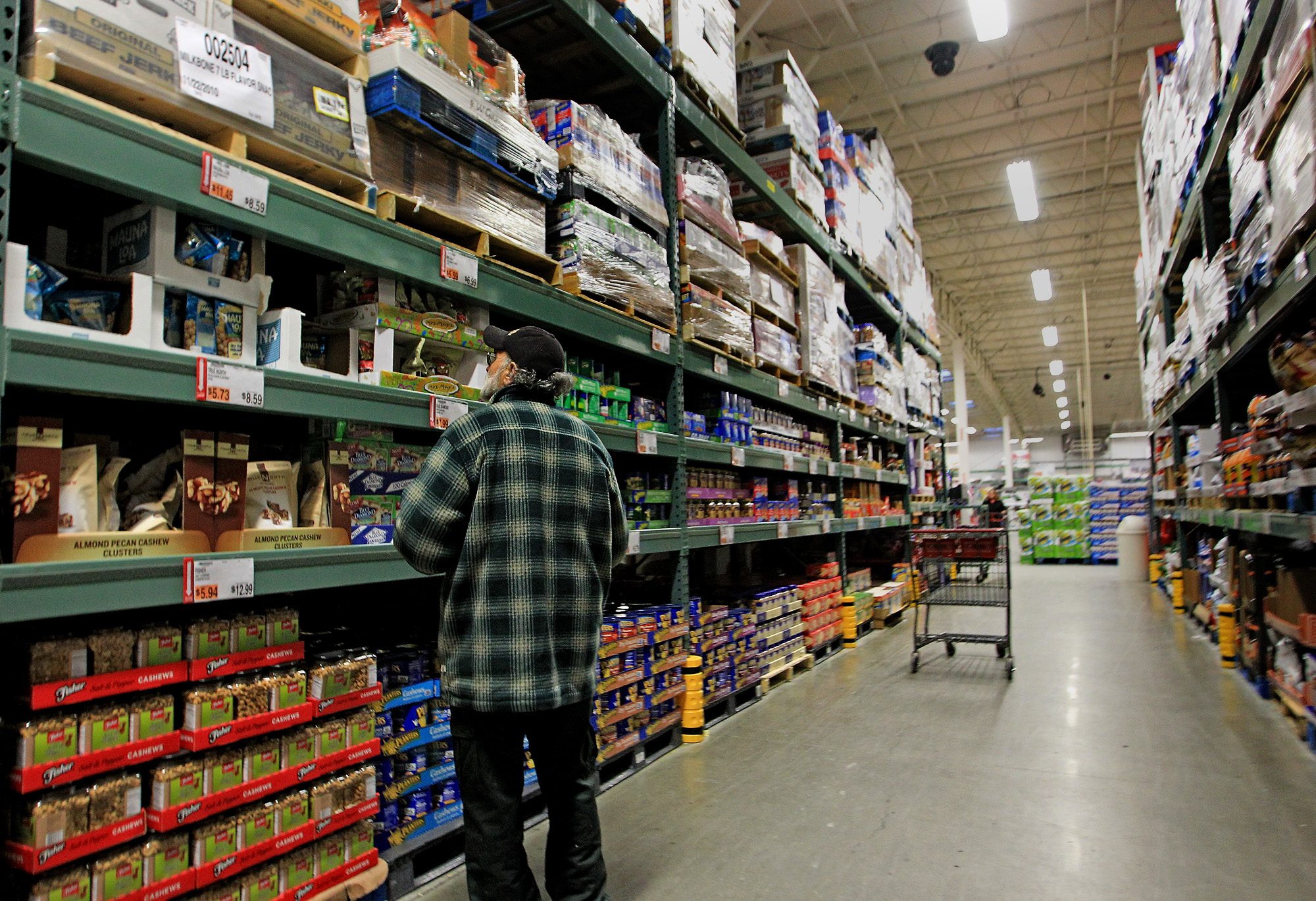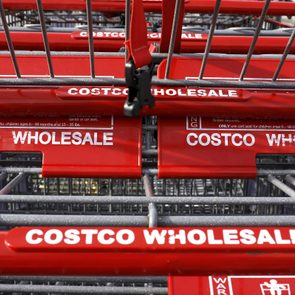Think you know how stores earn the "big-box" moniker? Think again.

Here’s Why Some Retailers Are Called Big-Box Stores (Hint: It’s Not What You Think)

As familiar as we are with big-box stores (where else can we buy a 72-pound wheel of Parmigiano-Reggiano?), most of us don’t know the real reason they’ve earned the “big-box” moniker. Some stores use big boxes in place of bags to package the products we’ve purchased—could that be behind the name? Or does it have to do with the big-ticket items the store sells?
We’ve uncovered the real reason these retailers are called big-box stores. Keep reading to find out the secret behind some of your favorite stores and what sets them apart from the rest.
Get Reader’s Digest’s Read Up newsletter for more shopping insights, humor, travel, tech and fun facts all week long.
Why are some retailers called big-box stores?
Believe it or not, stores earn the “big-box” nickname based on how they look, not what they sell. While it’s certainly true that you may leave a big-box store with a very large purchase, the size of the goods doesn’t determine the type of retailer. Instead, the expansive size and shape of the store indicate whether or not a store counts as a big-box retailer.
“A big-box retailer gets its name from the historically characteristic box shape of the physical store,” says J. Mance Gordon, founder of the website The Business Professor. “These physical locations are very large and are generally national chains.”
To members of Costco, BJ’s and Sam’s Club, that definition will sound familiar. But those aren’t the only big-box stores around—chances are, you’ve shopped at many others.
What qualifies a store as a big-box retailer?
Many stores look boxy, but not all of them fit under the “big-box” umbrella. Big-box stores are huge, often spanning more than 10,000 square feet. After all, it takes an enormous space to house a store that carries everything from fresh cuts of meat to tires and plenty of other frequent-shopper favorites.
“The large size and purchasing volume of these retailers gives them a great deal of bargaining power when purchasing from manufacturers or distributors,” says Gordon. “Thus, these stores generally offer a wider selection and lower prices than smaller retailers selling the same goods.”
For smaller stores, big-box retailers can be nothing short of essential. Because these larger stores attract so many customers with all different types of needs, they often become popular anchor stores for retail developments and centers, explains Gordon. A location in the same shopping center as a big-box retailer can mean the difference between the success and failure of a small shop.
What are some examples of big-box stores?

You may regularly shop at a bunch of big-box stores without realizing it. Which retailers have earned the big-box title? Here are some examples of the most popular big-box stores:
- Barnes & Noble
- Best Buy
- BJ’s
- Buy Buy Baby
- Costco
- Home Depot
- Kohl’s
- Lowe’s
- Sam’s Club
- Target
- Walmart
The next time you head to one of these stores, you’ll likely notice its sprawling box shape and be reminded how big-box stores got their nickname.
About the expert
|
Why trust us
At Reader’s Digest, we’re committed to producing high-quality content by writers with expertise and experience in their field in consultation with relevant, qualified experts. We rely on reputable primary sources, including government and professional organizations and academic institutions as well as our writers’ personal experiences where appropriate. We verify all facts and data, back them with credible sourcing and revisit them over time to ensure they remain accurate and up to date. Read more about our team, our contributors and our editorial policies.
Sources:
- J. Mance Gordon, founder of The Business Professor; interview, December 2024
- The Business Professor: “Big Box Retailer – Explained”






















